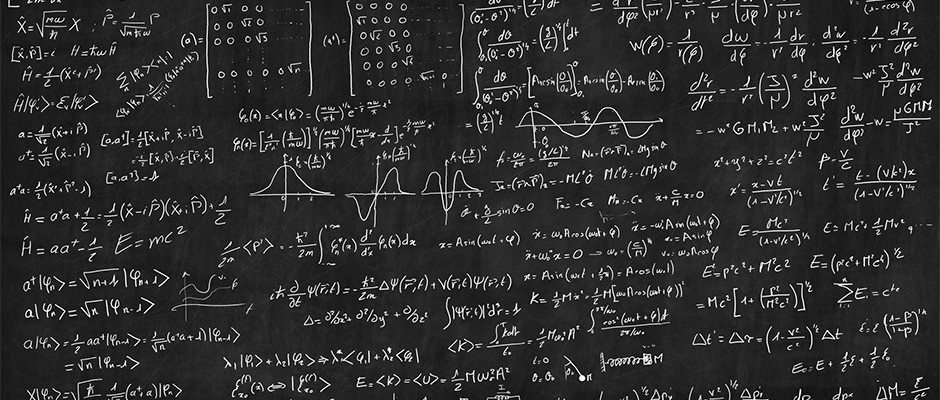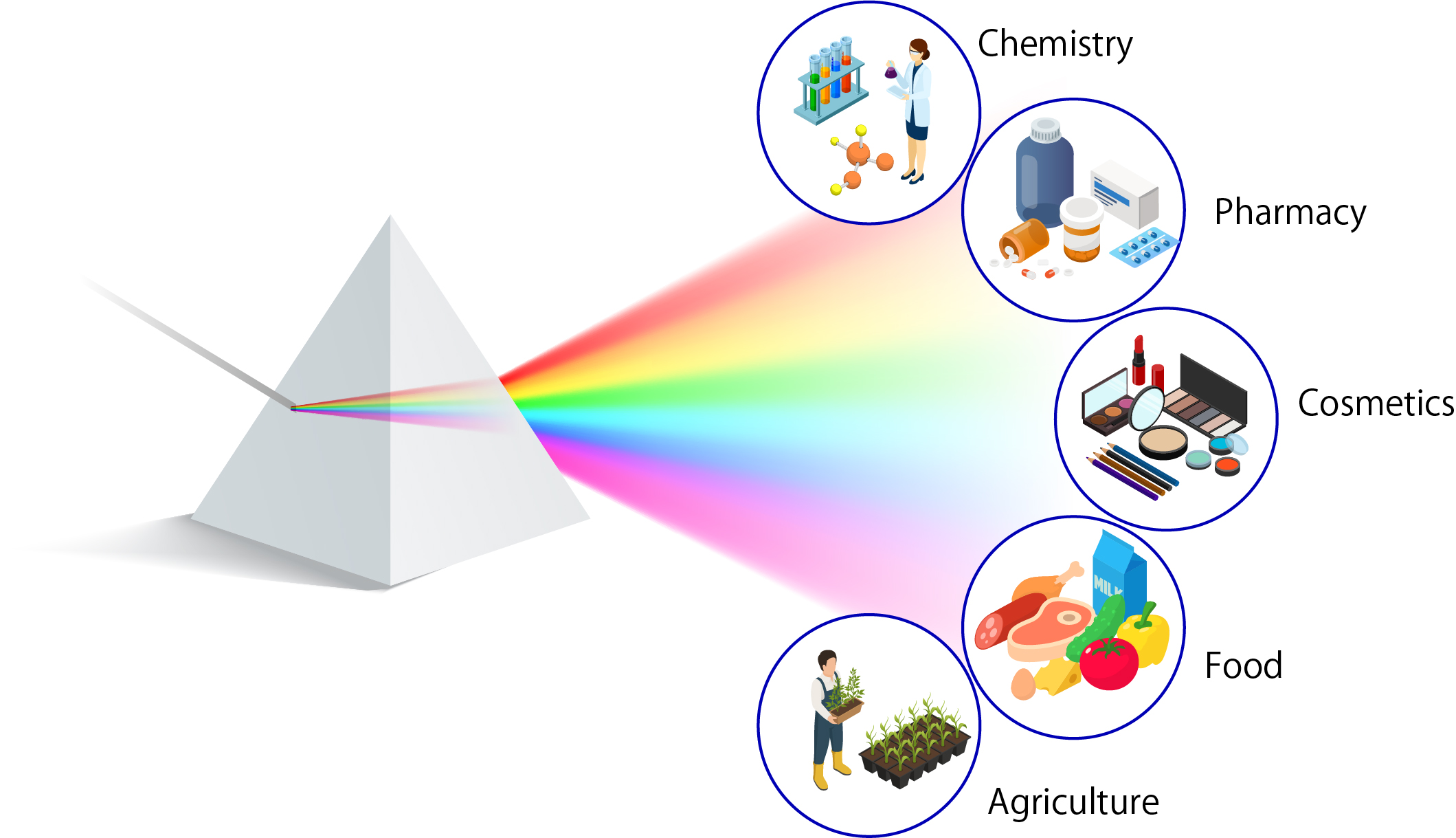SEMESTER II
CH2CRT02 – THEORETICAL AND INORGANIC CHEMISTRY
Credits - 2 (36 hrs)
Unit 1: Atomic Structure (6 Hrs)
Introduction based on historical development (Dalton's atomic theory, Thomson’s atom
model Rutherford’s atom model) - failure of classical physics – black body radiation -
Planck’s quantum hypothesis - photoelectric effect - generalization of quantum theory .
Atomic spectra of hydrogen and hydrogen like atoms– Bohr theory of atom – Calculation of
Bohr radius, velocity and energy of an electron - explanation of atomic spectra - limitations
of Bohr theory - Sommerfeld modification. Louis de Broglie's matter waves – wave-particle
duality - electron diffraction - Heisenberg's uncertainty principle.
Schrödinger wave equation (derivation not expected), wave functions – significance of ψ and
ψ
2
– atomic orbitals and concept of quantum numbers - shapes of orbitals (s, p and d) -
Pauli’s Exclusion principle - Hund’s rule of maximum multiplicity - Aufbau principle –
electronic configuration of atoms.
Unit 2: Chemical Bonding – I (9 Hrs)
Introduction – Octet rule and its limitations.
Types of bonds: Ionic bond - factors favouring the formation of ionic bonds - lattice energy
of ionic compounds - Born- Lande equation with derivation - solvation enthalpy and
solubility of ionic compounds – Born-Haber cycle and its applications – properties of ionic
compounds - polarisation of ions – Fajan's rule and its applications.
Covalent Bond: Valence Bond Theory and its limitations. Concept of resonance - resonance
structures of borate, carbonate and nitrate ions. Hybridization: Definition and characteristics
– shape of molecules (BeCl2, C2H2, BF3, C2H4, CH4, NH3, H2O, NH4
+
, H3O
+
, PCl5, SF6 and
IF7). VSEPR theory: Postulates - applications - shapes of molecules CCl4, NH3, H2O, ClF3,
XeF2, SF6, IF5, XeF4, IF7 and XeF6.
Properties of covalent compounds - polarity of bonds – percentage of ionic character – dipole
moment and molecular structure.
Unit 3: Chemical Bonding – II (9 Hrs)
Covalent Bond: Molecular Orbital Theory – LCAO - bonding and anti-bonding molecular
orbitals – bond order and its significance. MO diagrams of homonuclear and heteronuclear
diatomic molecules: H2, He2, Li2, Be2, B2, C2, N2, O2, F2, CO and NO – comparison of bond
length, magnetic behavior and bond energy of O2, O2
+
, O2
2+, O2
-
and O2
2- . Metallic Bond:
free electron theory, valence bond theory and band theory (qualitative treatment only) -
explanation of metallic properties based on these theories.
Intermolecular forces: Hydrogen bond - intra and inter molecular hydrogen bonds – effect on
physical properties. Van der Waals forces, ion-dipole, dipole-dipole, ion-induced dipole,
dipole-induced dipole and induced dipole-induced dipole interactions
Unit 4: Chemistry of s and p Block Elements (3 Hrs)
Periodicity in s-and p- block elements with respect to electronic configuration, atomic and
ionic size, ionization energy and electro negativity. Inert pair effect.
Unit 5: Chemistry of d and f Block Elements (9 Hrs)
Transition Metals: General characteristics: Metallic character, oxidation states, size, density,
melting points, boiling points, ionization energy, colour, magnetic properties, reducing
properties, catalytic properties, non-stoichiometric compounds, complex formation and alloy
formation. Difference between first row and other two rows. Preparation, properties, structure
and uses of KMnO4 and K2Cr2O7.
Lanthanides: Electronic configuration and general characteristics – Occurrence of
lanthanides
Isolation of lanthanides from monazite sand - Separation by ion exchange method.
Lanthanide contraction: Causes and consequences. Industrial importance of lanthanides.












